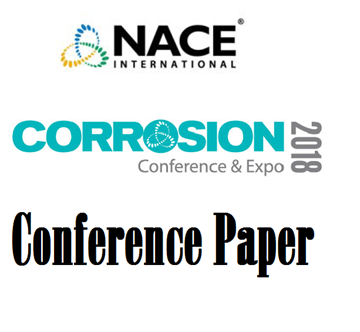Search
Products tagged with 'hthp'
View as
Sort by
Display
per page
51318-11509-Assessment of materials compatibility with high density Brines for completion fluid of HPHT wells
Product Number:
51318-11509-SG
Publication Date:
2018
$20.00
Expanding SCC Safe Use Limit of Alloy 718 for Sour HTHP Downhole Applications
Product Number:
51324-20928-SG
Publication Date:
2024
$40.00
Route to optimize temporary seal for downhole dissolvable magnesium plug application in HT: Failure analysis and learnings
Product Number:
51323-18889-SG
$20.00
The Performance Study of High-Temperature, High-Pressure (HTHP) Corrosion Inhibitors at Sour Conditions
Product Number:
MECC23-20051-SG
Publication Date:
2023
$20.00




